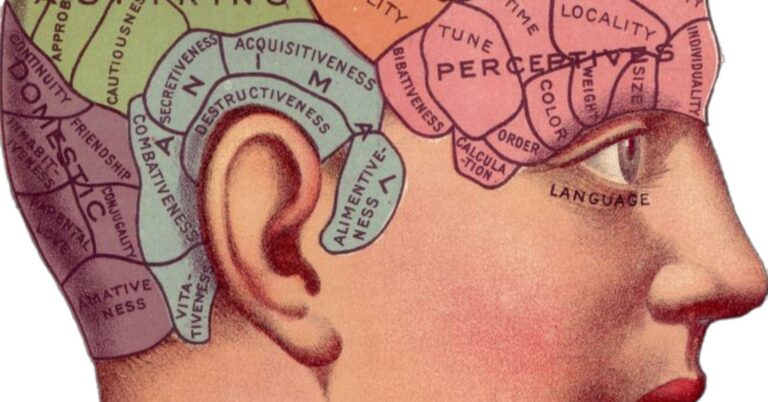Dreams have, since time immemorial, been a source of fascination for humans.
Indeed, Freud once said that, “The interpretation of dreams is the royal road to a knowledge of the unconscious activities of the mind.”
And, as a relational trauma recovery therapist, one of the best ways I’ve found to “travel that royal road” is through Gestalt Dream Analysis.
What Is Gestalt Dream Analysis?
Gestalt therapy, developed by psychiatrists Fritz Perls and Laura Posner Perls, views dreams as parts of the personality that have been unexpressed, existential messages we send to ourselves where every figure of the dream is an aspect of ourselves.
This means the setting (the house, the middle school hallway, the field of flowers) that the dream takes place in is an aspect of self; the people – “positive” and “negative” – who show up in the dream are aspects of self; even pets or inanimate objects like cars or trains, all are aspects of the self.
To understand what a specific dream symbol means, you assess each object for the qualities and characteristics that this figure symbolizes to you, connecting it back to that part of yourself that contains those aspects and qualities. And then, to deepen your understanding of the dream, you invite those parts, those figures, those aspects of yourself that are showing up to dialogue together.
You get curious about what it means and represents that all of these parts are showing up and what internal conversation can arise from those parts coming into contact/dialoguing together. Unfolding the dream in this way reveals a rich analysis of your personal work.
An Example of Gestalt Dream Analysis
To see how this might play out, let’s imagine a scenario in which a young woman dreams of being in a car with her estranged, harsh father, navigating an unfamiliar country road in the dark with visible signs of anger.
The key figures in this dream include the young woman, her father, the car, and the unknown rural road.
Applying Gestalt dream analysis, the therapist would encourage the client to reflect on the personal significance of each figure: her father, the car, herself, and the unfamiliar country road. Then, the dreamer would reflect on the characteristics attributed to these figures, representing distinct aspects of her own personality.
For example, if the young woman describes her father as strong, influential, yet harsh and cruel, the therapist might suggest that his appearance in the dream may symbolize her own strong, influential, yet harsh, and cruel characteristics.
The therapist might then invite her to see if she knows that part of herself and if she can connect to those aspects of herself even a little bit.
In this scenario, let’s imagine she says yes.
So by adopting this perspective, the father in the dream becomes more than a familial figure, serving as a symbolic representation of specific facets within her and not necessarily a dream about him.
This technique, viewing each figure as an embodiment of different elements of her own identity, offers a practical and insightful approach to interpreting and understanding the dream.
It reframes the dream as a symbolic narrative, where characters represent diverse dimensions of her inner world – not just the fact that her estranged father made an appearance in her dream and rattled her – facilitating a deeper understanding of what might be happening in her personal process as she heals and grows more.
Gestalt Dream Analysis as a Signal of Relational Trauma Recovery Progress
In the context of relational trauma, dreams can serve as dynamic indicators of our personal process in our recovery work.
Analyzing dreams can reveal shifts in our personal beliefs, capacities, and internal conflicts over time, indicating progress and adaptation in response to therapeutic interventions or the personal work we’re doing outside of the therapy session.
As a therapist, one of my favorite parts of Gestalt dream analysis is its capacity to suggest evolving narratives of resilience and transformation, especially if we consistently analyze our dreams and look back on that analysis for themes and evolution of themes.
It’s why I recommend this tool to anyone as a complement to their own relational trauma therapy work.
Prompts to Help You Apply Gestalt Dream Analysis to Your Dreams
I’d love to invite you to consider the following the next time you dream:
- What is the overall feeling or atmosphere of the dream? Is it peaceful, anxious, exciting, or confusing?
- Identify the main characters or elements in the dream. Who or what is present in the dream? Pay attention to people, animals, objects, and settings.
- What are the significant actions or events in the dream? Look at the key events or activities within the dream. Consider how these actions contribute to the overall narrative.
- What emotions are associated with each element or figure in the dream? What qualities and characteristics do you ascribe to each figure in the dream? Consider the emotional responses tied to each person, object, or entity in your dream.
- Now ask yourself if you recognize those aspects in yourself? If you’re stuck here (and this is often the hardest part to wrap your head around!) you can further ask yourself: If you were to interact with each figure in your waking life, how would you feel or respond?
- Okay, now that you’ve identified what each figure in the dream represents to you consider the following: What does it say to you that all of these aspects are showing up in your dream? What does it say about your personal process?
By asking these questions and using these prompts, you can begin to unfold your dream from another perspective, and perhaps it will reveal valuable information about where you’re at in your personal process at this time and what may be calling for your attention in your relational trauma recovery work.





















+ There are no comments
Add yours